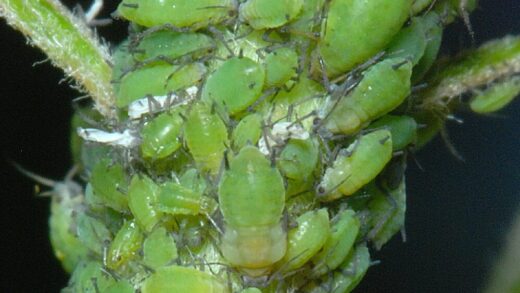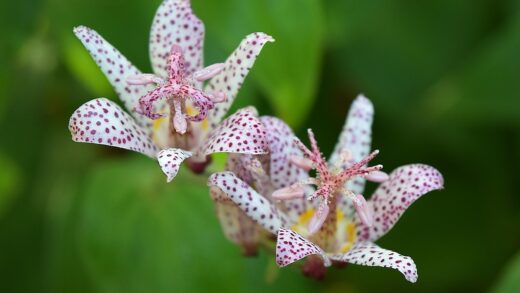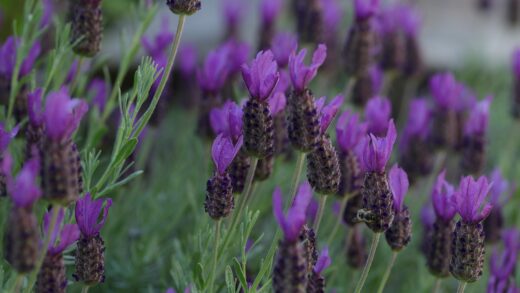The ZZ plant is widely celebrated for its robust health and impressive resistance to both diseases and pests. Its thick, waxy leaves and unique growth habit make it an unattractive target for many common houseplant pests. However, a healthy plant is not completely immune, and certain environmental conditions can make it susceptible to issues. The most common problems that arise with Zamioculcas zamiifolia are typically a result of improper care, most notably overwatering, which creates an ideal environment for fungal diseases and root rot. Recognizing the early signs of these problems and taking swift action is key to a full recovery.
Common pests and their identification
While a healthy ZZ plant is rarely bothered by pests, certain insects can occasionally make an appearance, especially if the plant is stressed or kept in an area with other infected plants. Mealybugs, for instance, are a potential threat. They are small, white, cottony insects that tend to cluster in the nooks and crannies where the leaves meet the stems. They feed on the plant’s sap, which can weaken it over time. Spider mites are another pest to watch for, though they are less common. Their presence is often indicated by fine webbing on the leaves and tiny, red or brown specks.
Scale insects are also a possibility. They appear as small, brown or tan bumps on the stems and leaves and can be easily mistaken for a natural part of the plant. They are masters of disguise but can cause significant damage by sucking the plant’s sap. The best way to identify these pests is to regularly inspect your plant, especially the undersides of the leaves and the areas where the stems emerge from the rhizomes. Early detection is crucial, as a small infestation is much easier to manage than a large one.
Treatment of common pests
If you discover a pest infestation on your ZZ plant, there are several effective and non-toxic treatment options. For mealybugs, scale, and spider mites, a simple solution is to wipe the affected areas with a cotton swab or a soft cloth dipped in rubbing alcohol. The alcohol will dissolve the waxy protective layer of the pests and kill them. For a more widespread infestation, a gentle insecticidal soap spray can be applied. It is important to cover the entire plant, including the undersides of the leaves, to ensure all pests are treated.
After applying any treatment, it is a good idea to monitor the plant over the next few weeks to make sure the pests have not returned. You may need to repeat the treatment every 7-10 days to break the lifecycle of the pests. A proactive approach is also beneficial. Regularly wiping down your plant’s leaves with a damp cloth not only keeps them looking shiny and beautiful but also removes any potential pests before they have a chance to multiply. Isolation of the infected plant is also crucial to prevent the pests from spreading to your other houseplants.
More articles on this topic
Diseases caused by overwatering
The most significant threat to a ZZ plant’s health is not a pest but a fungal disease brought on by overwatering. The primary concern is root rot, which is caused by a fungus that thrives in soggy, poorly draining soil. When a ZZ plant’s rhizomes and roots are left to sit in water for too long, they become starved of oxygen and begin to break down, creating an entry point for the fungus. The first signs of root rot are often yellowing and drooping leaves, which are easily mistaken for underwatering.
If you suspect root rot, you must act quickly. Carefully remove the plant from its pot and examine the rhizomes and roots. Healthy roots are firm and white or tan, while rotted roots will be soft, mushy, or black and will have a foul odor. Using clean shears, trim away all the damaged, rotted parts of the plant. Once you have removed the diseased sections, repot the plant in a clean pot with fresh, well-draining soil. It is imperative to let the soil dry out completely before you water again and to be more conservative with your watering in the future.
Other common issues and prevention
While root rot is the most serious disease, other issues can arise. Fungal leaf spot, for example, can appear as small, dark spots on the foliage. This is often a result of high humidity or water sitting on the leaves for too long. To prevent this, avoid misting the plant and ensure good air circulation around it. If you see these spots, you can simply remove the affected leaves to stop the spread. The best defense against all diseases and pests is a healthy plant.
Ensuring your ZZ plant is in a pot with proper drainage, a well-draining soil mix, and the correct light conditions will significantly reduce its vulnerability to problems. A happy, unstressed plant is far more resilient and can fight off any potential threats. Consistent care, rather than a frantic effort to fix a problem, is the most effective way to ensure the long-term health of your ZZ plant. By understanding its needs and responding to its signals, you can keep it healthy and vibrant for many years.


















